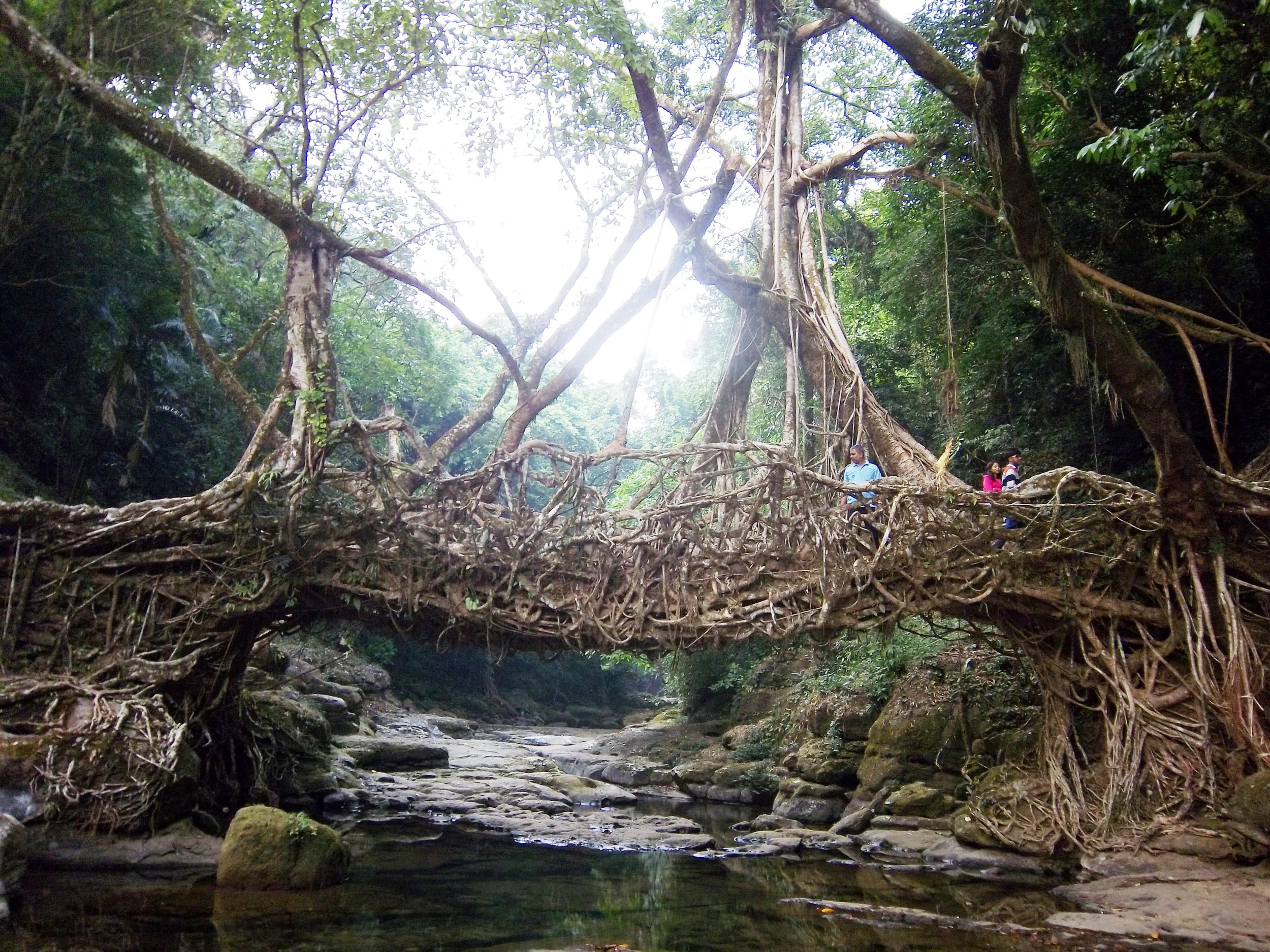They might look harmless, but plants can kill! Some of the deadliest poisons on earth come from plants, and they can produce frightening effects. Here are five of the deadliest plants.
Read MoreAtop giant cliffs covered with waterfalls is the land of Meghalaya, or “the abode of clouds” in an ancient tongue. Here people take generations to weave tree roots into majestic living bridges. Sound like something from a J.R.R. Tolkien story? Actually, this place is real!
Read MoreMany of us watched in horror as flood waters ravaged communities around West Virginia over the last week or so. The flooding has been devastating with lives lost, homes lost and memories washed away. This flood will have an effect on many of our communities for years to come.
As the waters recede and clean-up efforts continue, there’s one area of concern that many may not have thought of: the safety of garden produce in flooded areas.
Read MoreWith President's Day on Monday and George Washington's birthday this coming Monday, I thought this would be a great time to talk about George Washington's love for gardening.
Read MoreOn Monday Bea Corra from Parkersburg shared a picture of a plant on our Facebook page wanting to know what type of plant it was and whether it was invasive or harmful. I instantly had a flashback to August 2005 when I was studying Plant Taxonomy at Marshall University. The plant (right) is Japanese Knotweed, an invasive species. I also remember Dr. Evans’s advice for getting rid of it … “sell your house”. This week, we’re going to take a look at what makes a plant invasive and some of the most common in our region.
Read MoreThis past week while on vacation at Folly Beach, SC, I had the opportunity to visit a natural wonder. Down a dirt road in the low country of South Carolina there is a tree older than the United States! The Angel Oak tree is estimated at 300-400 years old.
Read MoreEvery October, carved pumpkins peer out from porches and doorsteps in the United States and other parts of the world. Gourd-like orange fruits inscribed with ghoulish faces and illuminated by candles are a sure sign of the Halloween season. The practice of decorating “jack-o’-lanterns” originated in Ireland, where large turnips and potatoes served as an early canvas. Irish immigrants brought the tradition to America, home of the pumpkin, and it became an integral part of Halloween festivities.
Read More







